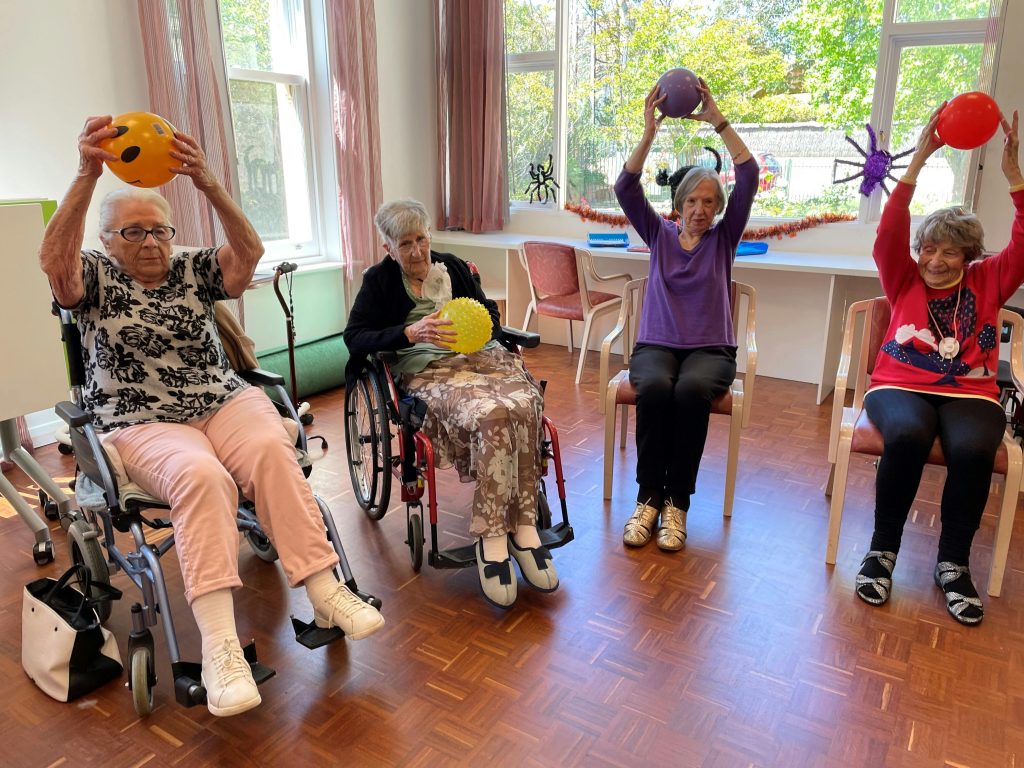In the competitive landscape of senior care and assisted living facilities, move-in rates play a crucial role in determining the success and sustainability of the business. One significant factor that influences move-in rates is the generation and management of leads. However, the practice of sharing leads among multiple facilities has emerged as a common strategy in the industry.
I. Understanding Shared Leads
A. Definition and Concept
Shared leads refer to prospective residents or their families who have expressed interest in senior living options and are in the process of exploring various facilities. These leads are typically obtained through various marketing channels such as websites, referral networks, or advertising campaigns.
B. How Shared Leads Work
- Lead Generation: Leads are generated through various marketing efforts, including online inquiries, phone calls, or referrals.
- Distribution: Shared leads are distributed among multiple assisted living facilities or senior care providers in a given area.
- Follow-up: Each facility contacts the shared leads to provide information, schedule tours, and encourage move-ins.
II. The Impact of Shared Leads on Move-in Rates
A. Advantages of Shared Leads
- Increased Exposure: Access to a broader pool of leads increases visibility and exposure for each facility.
- Cost-Efficiency: Sharing leads allows facilities to split the costs associated with lead generation and marketing efforts.
- Diverse Options: Prospective residents have the opportunity to explore multiple facilities and find the one that best suits their needs.
B. Challenges and Limitations
- Competition: Facilities may face stiff competition when contacting shared leads, leading to lower conversion rates.
- Lack of Exclusivity: Shared leads may receive communication from multiple facilities simultaneously, diluting the impact of each interaction.
- Coordination Issues: Managing shared leads effectively requires coordination and communication among participating facilities, which can be challenging.
III. Best Practices for Maximizing Move-in Rates with Shared Leads
A. Lead Management Systems
- Centralized Database: Implement a centralized lead management system to track and prioritize shared leads effectively.
- Automated Follow-up: Utilize automated follow-up systems to ensure timely and consistent communication with shared leads.
- Lead Attribution: Establish clear protocols for attributing leads to specific facilities to avoid duplication and confusion.
B. Personalized Engagement
- Tailored Communication: Customize communication with shared leads based on their preferences, needs, and stage in the decision-making process.
- Personalized Tours: Offer personalized tours and interactions to create a memorable experience for shared leads.
- Relationship Building: Focus on building trust and rapport with shared leads through ongoing communication and support.
IV. Measuring Success: Key Metrics and Indicators
A. Move-in Conversion Rate
- Definition: The percentage of shared leads who ultimately choose to move into a facility.
- Calculation: Move-ins divided by the total number of shared leads, multiplied by 100.
B. Lead Response Time
- Importance: Timely follow-up is critical for converting shared leads into move-ins.
- Benchmark: Aim for a lead response time of less than 24 hours to maximize conversion opportunities.
V. Case Studies and Success Stories
A. Facility A: Leveraging Shared Leads for Growth
- Strategy: Facility A implemented a proactive approach to engaging shared leads, focusing on personalized communication and exceptional customer service.
- Results: By optimizing lead management processes and prioritizing relationship building, Facility A achieved a significant increase in move-in rates and occupancy levels.
B. Facility B: Overcoming Challenges with Strategic Solutions
- Challenge: Facility B faced stiff competition and coordination issues when managing shared leads.
- Solution: Through the implementation of robust lead management systems and personalized engagement strategies, Facility B successfully navigated these challenges and achieved notable improvements in move-in rates.
VI. Conclusion
Shared leads represent a valuable opportunity for assisted living facilities to expand their reach, increase visibility, and drive move-in rates. By understanding the impact of shared leads and implementing best practices for lead management and engagement, facilities can maximize conversion opportunities and achieve sustainable growth in a competitive market. Embrace the potential of shared leads as a strategic tool for enhancing occupancy rates and delivering exceptional care to seniors and their families.



